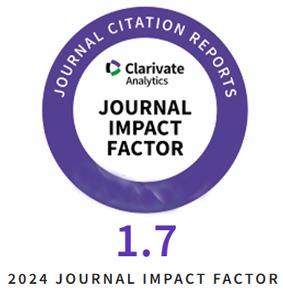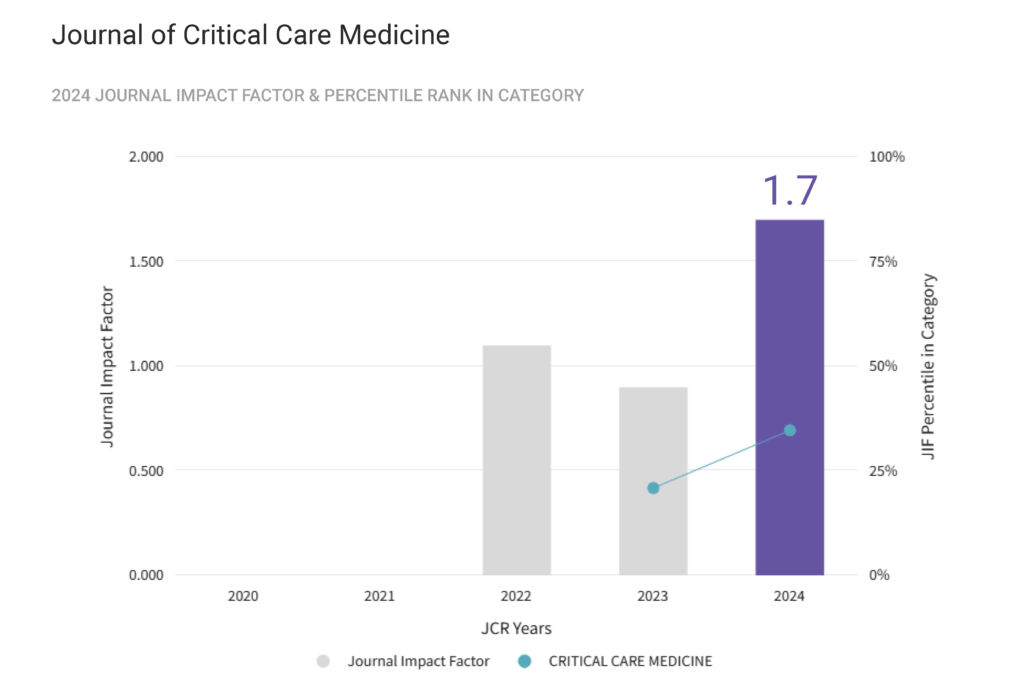Purpose: This narrative review aims to highlight the available evidence on fluid resuscitation in septic patients with heart failure, with a particular focus on heart failure with preserved ejection fraction.
Methods: A PubMed search was conducted using the keywords “sepsis” (or sepsis, or septic shock), “heart failure” (or HF, or HFrEF, or HFpEF or congestive heart failure), and “fluid” (or resuscitation, or fluid resuscitation, or fluid management). The results were summarized in narrative review format.
Results/Conclusions: The presence of HFpEF in septic patients appears to be associated with an increased risk of adverse outcomes. This population may benefit from a more individualized approach to fluid resuscitation. Emerging tools for assessing fluid responsiveness and characterizing septic cardiovascular physiology show promise, but further investigation is needed.
Tag Archives: shock
Midodrine initiation criteria, dose titration, and adverse effects when administered to treat shock: A systematic review and semi-quantitative analysis
Objective: Systematically examine the literature describing midodrine to treat shock and to summarize current administration and dosing strategies.
Data sources: Structured literature search conducted in MEDLINE (PubMed) from inception through May 10, 2023.
Study Selection and Data Extraction: Abstracts and full texts were assessed for inclusion by two blinded, independent reviewers. English-language publications describing use of midodrine in adult patients with shock were included. Data were extracted by two blinded, independent abstractors using a standardized extraction tool. Quality assessments were completed by paired reviewers using JBI methodology.
Data Synthesis: Fifteen of 698 (2%) screened manuscripts were included with 1,714 patients with a variety of shock types. Seven studies (47%) were retrospective, two (13%) prospective observational, and six (40%) randomized controlled studies. Midodrine was initiated to facilitate intravenous vasopressor (IVP) weaning in most (11, 73%) studies; only two (13%) reported IVP weaning protocol use. Starting doses were 10 mg every 8 hours (4, 27%) or three times a day (3, 20%), 20 mg every 8 hours (2, 13%); six studies (40%) did not report initial midodrine dosing. A midodrine titration protocol was reported in 6 (40%) studies. Thirteen (87%) studies evaluated for bradycardia, identified in 6 (46%) studies among 204 patients; only one (0.5%) patient required midodrine discontinuation. Three (20%) studies reported on hypertension with an incidence of 7-11%. Four (27%) studies assessed for ischemia; 5/1128 (0.4%) patients experienced mesenteric ischemia requiring midodrine discontinuation.
Relevance to Patient care and Clinical Practice: This review explores the pragmatic details involved in initiating, titrating, and weaning midodrine for the bedside clinician and identifies rates of adverse events and complications.
Conclusions: Published literature describing midodrine use for shock is heterogeneous and comprised primarily of low or very low quality data. Future controlled trials addressing the shortcomings identified in this systematic review are warranted.
Intraabdominal hypertension is less common than it used to be: A pilot step wedge trial
Objective: This is a pilot study to determine the feasibility of a multicentre stepped wedge cluster randomized trial of implementing the 2013 World Society of the Intraabdominal Compartment Syndrome (WSACS) guidelines as an intervention to treat intraabdominal hypertension (IAH) and abdominal compartment syndrome (ACS) in critically ill patients.
Design: Single-centre before-and-after trial, with an observation / baseline period of 3 months followed by a 9-month intervention period.
Setting: A 35 bed medical-surgical-trauma intensive care unit in a tertiary level, Canadian hospital.
Patients: Recruitment from consecutively admitted adult intensive care unit patients.
Intervention: In the intervention period, treatment teams were prompted to implement WSACS interventions in all patients diagnosed with IAH.
Measurements and Main Results: 129 patients were recruited, 59 during the observation period and 70 during the intervention period. Only 17.0% and 12.9%, respectively, met diagnostic criteria for IAH. Many recruited patients did not have intraabdominal pressures measured regularly per study protocol. There was no difference in ICU mortality for patients in either cohort or between those with and without IAH.
Conclusions: The incidence of IAH in our patient population has decreased significantly since 2015. This is likely due to a significant change in routine care of critically ill patients, especially with respect to judicious goal-directed fluid resuscitation. Patient recruitment and protocol adherence in this study were low, exacerbated by other staffing and logistical pressures during the study period. We conclude that a larger multicentre trial is unlikely to yield evidence of a detectable treatment effect.
Risk Factors for Weaning Failure in COVID-19 Patients
Background: Data on risk factors associated with mechanical ventilation (MV) weaning failure among SARS-CoV2 ARDS patients is limited. We aimed to determine clinical characteristics associated with weaning outcome in SARS-CoV2 ARDS patients under MV.
Objectives: To determine potential risk factors for weaning outcome in patients with SARS-CoV2 ARDS.
Methods: A retrospective observational study was conducted in the ICUs of four Greek hospitals via review of the electronic medical record for the period 2020-2021. All consecutive adult patients were screened and were included if they fulfilled the following criteria: a) age equal or above 18 years, b) need for MV for more than 48 hours and c) diagnosis of ARDS due to SARS-CoV2 pneumonia or primary or secondary ARDS of other aetiologies. Patient demographic and clinical characteristics were recorded for the first 28 days following ICU admission. The primary outcome was weaning success defined as spontaneous ventilation for more than 48 hours.
Results: A hundred and fifty eight patients were included; 96 SARS-CoV2 ARDS patients. SOFA score, Chronic Obstructive Pulmonary Disease (COPD) and shock were independently associated with the weaning outcome OR(95% CI), 0.86 (0.73-0.99), 0.27 (0.08-0.89) and 0.30 (0.14-0.61), respectively]. When we analysed data from SARS-CoV2 ARDS patients separately, COPD [0.18 (0.03-0.96)] and shock [0.33(0.12 – 0.86)] were independently associated with the weaning outcome.
Conclusions: The presence of COPD and shock are potential risk factors for adverse weaning outcome in SARS-CoV2 ARDS patients.
The use of metaraminol as a vasopressor in critically unwell patients: a narrative review and a survey of UK practice
Background: Major international guidelines state that norepinephrine should be used as the first-line vasopressor to achieve adequate blood pressure in patients with hypotension or shock. However, recent observational studies report that in the United Kingdom and Australia, metaraminol is often used as second line medication for cardiovascular support.
Aim of the study: The aim of this study was to carry out a systematic review of metaraminol use for management of shock in critically unwell patients and carry out a survey evaluating whether UK critical care units use metaraminol and under which circumstances.
Methods: A systematic review literature search was conducted. A short telephone survey consisting of 6 questions regarding metaraminol use was conducted across 30 UK critical care units which included a mix of tertiary and district general intensive care units.
Results: Twenty-six of thirty contacted centres responded to our survey. Metaraminol was used in 88% of them in various settings and circumstances (emergency department, theatres, medical emergencies on medical wards), with 67% reporting use of metaraminol infusions in the critical care setting. The systematic literature review revealed several case reports and only two studies conducted in the last 20 years investigating the effect of metaraminol as a stand-alone vasopressor. Both studies focused on different aspects of metaraminol use and the data was incomparable, hence we decided not to perform a meta-analysis.
Conclusions: Metaraminol is widely used as a vasopressor inside and outside of the critical care setting in the UK despite limited evidence supporting its safety and efficacy for treating shock. Further service evaluation, observational studies and prospective randomised controlled trials are warranted to validate the role and safety profile of metaraminol in the treatment of the critically unwell patient.










